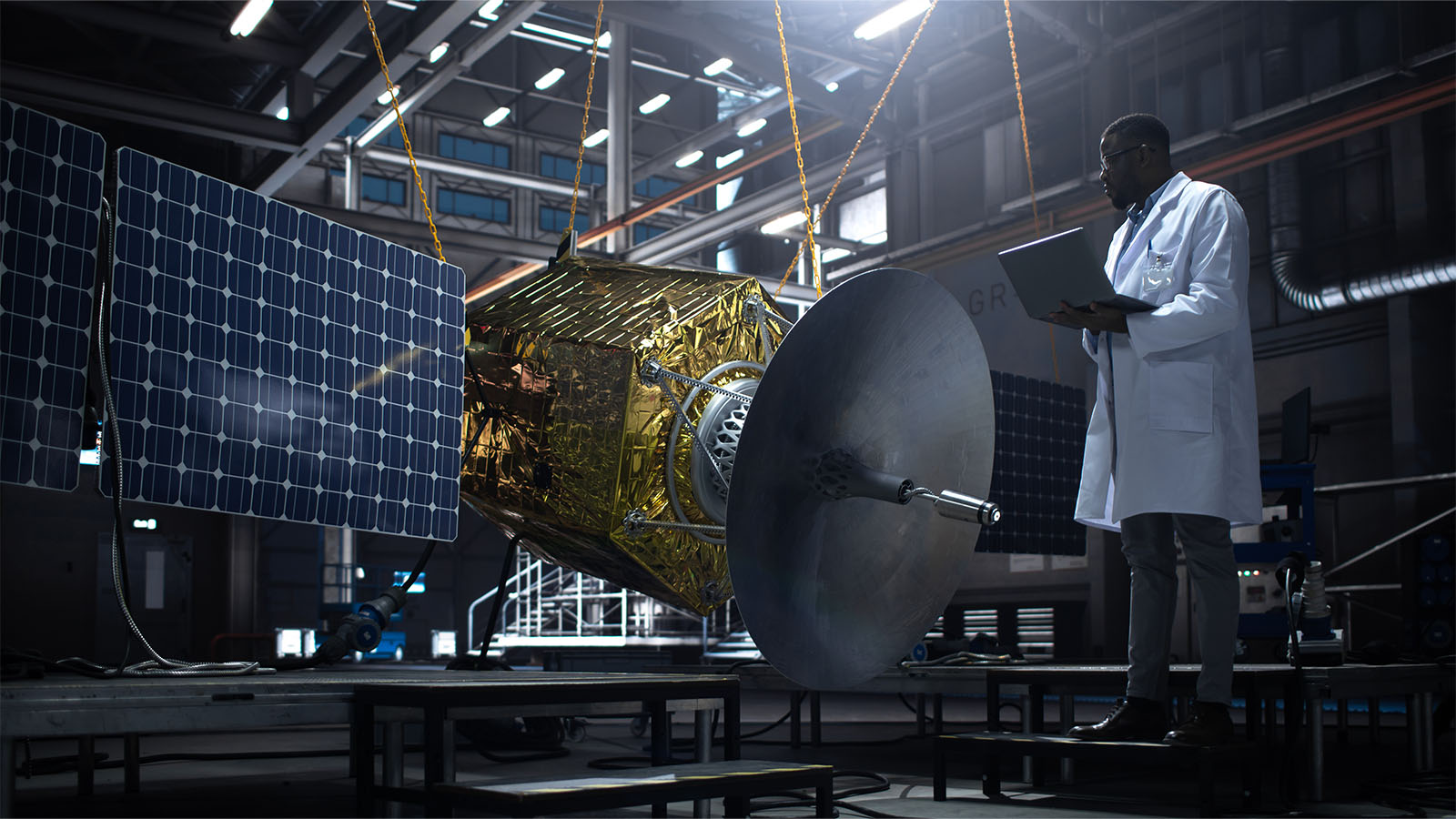Stay Up to Date
Submit your email address to receive the latest industry and Aerospace America news.
Engineers are actively directing the renaissance of space technology development and expanding the boundaries of flight. Soon we’ll see average citizens as paying tourist customers circling the planet and going to the moon. We’re planning the return of humans to the moon, including a broader representation of society. We’re exploring and studying other planets with new technologies. Electrified flight is taking off. Hypersonic flight is making a comeback.
It’s a great time to be in aerospace! So much on the drawing board. So much to accomplish.
Because of these new technological developments, there is a necessary reworking underway within academia to better prepare the engineers of tomorrow. We were fortunate to hear how we’re adapting our educational approach from an eminent and insightful panel at 2024 AIAA SciTech Forum: NASA JPL Deputy Director Larry James, University of Texas at Austin Professor Karen Willcox, and Lockheed Martin Vice President of Commercialization, Engineering and Technology Mark Maybury. They challenged us to learn the fundamentals, learn about ourselves, and be lifelong learners. We are honored that Larry and Karen serve on the AIAA Board of Trustees, helping guide the Institute into the future. A recording of their discussion is available to watch any time at aiaa.org/SciTech/program/livestream.
Aerospace draws from multiple disciplines across engineering, business, economics, social sciences, communications, legal, and others. One of the challenges as an aerospace educator is how to group and connect the traditional and emerging disciplines into four years of an undergraduate degree.
The engineer of tomorrow needs more tools in their toolbox from across the various disciplines. They definitely need the traditional disciplines – the fluids, structures, propulsion, controls – and to understand the importance of all those things. They also need to work with the emerging technologies such as artificial intelligence (AI), machine learning, digital engineering, large language models, and modern manufacturing methods. Engineering what-ifs can be more rapidly studied and analyzed using artificial intelligence to find the best route to an engineering breakthrough. New ideas can jump from digital models to practical solutions in just days instead of months or even years because of deeper dives into more available data use and assessment, better algorithms, and faster ways of writing code. The operating models of the future will be very dynamic. Our industry is also driven by business plans, private investment, and increasingly the connections and influences with society. Collaboration to solve problems is key, thus the vital human connection. “It’s important to remember that we are also teaching students and young engineers how to think,” Karen said.
Some universities are aiming to build a better understanding of those tools in engineering education, adding not only more technical topics, but other content to the curriculum that is less pure science, such as the need for leadership, for teamwork, for thinking about ethics and societal impact. Engineering educators are teaching how to take a problem, break it apart, recognize physical principles, consider uncertainty, and collaborate in teams. Humility in working with others will set the stage for success.
We know that students today are hungry. They are coming to engineering schools already motivated from advanced and accelerated learning. Some have been doing modeling and simulations as early as elementary and middle school. How do we continue to make sure that these new students entering the workforce are learning throughout their career because the technology is going to change? How do we prepare our students to work with technologies that do not even exist yet?
Lifelong learning and staying curious are essential to address the challenges of today and tomorrow.
Mark added an important twist, “You not only have to learn, but you have to be able to unlearn, and continue to learn how to learn. Always strive to be better than we are.” Larry emphasized, “Having an interdisciplinary capability will require you to continue to be a lifelong learner and really expand your horizons.”
Ensuring aerospace professionals have these vital lifelong learning opportunities is one of the reasons AIAA exists – to continue the learning process, to share the current literature, to identify and discuss technological updates, to gain experience working collaboratively on teams. And to work fast – because tomorrow’s challenges in aerospace are growing exponentially. Solutions to problems need to be identified and applied.
Let’s team up with the workforce of tomorrow as they take their classes, rework the curriculum where needed, collaborate with them, and do the work in aerospace that needs to be done to move our community forward.
AIAA invested in the next generation of aerospace professionals with a K-12 Educator Workshop at 2024 AIAA SciTech Forum for teachers from Florida, Missouri, and Texas. The teachers heard firsthand from other inspiring educators and STEM outreach facilitators. The recurring theme was: For the future of space and aviation to thrive and grow, we need the next generation to be prepared and passionate! See the February AIAA Bulletin section to read more on that event.
About Dan Dumbacher
Dan is the former CEO of AIAA. In three decades at NASA, he managed the DC-XA vertical landing rocket; served as deputy manager of the X-33 program; and was director of engineering at Marshall Space Flight Center in Alabama. Dan capped his NASA career as the deputy associate administrator in charge of the Space Launch System, Orion crew capsule and related ground systems. Astronauts presented Dan with their Silver Snoopy Award in 2014 for his contributions to spaceflight safety. He joined AIAA in 2018 from Purdue University in Indiana, where he was a professor of engineering practice.
Stay Up to Date
Submit your email address to receive the latest industry and Aerospace America news.




